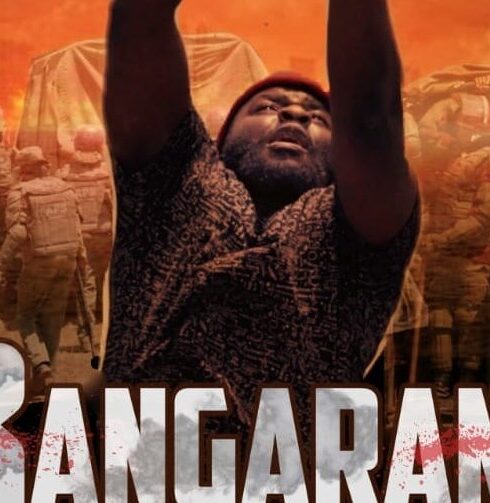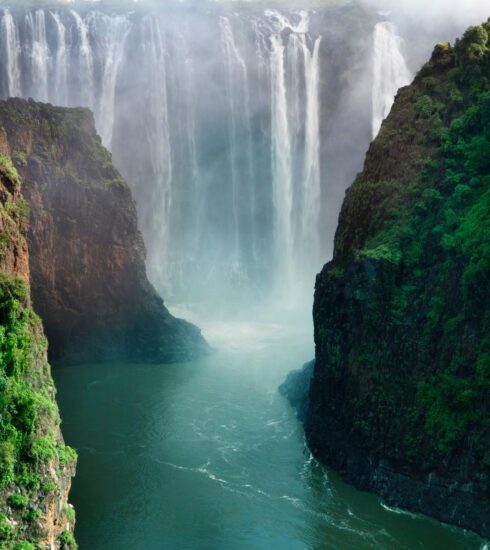Situated to the north and east of the Australian continent lay the islands known as Melanesia (which means “black islands” in Greek).
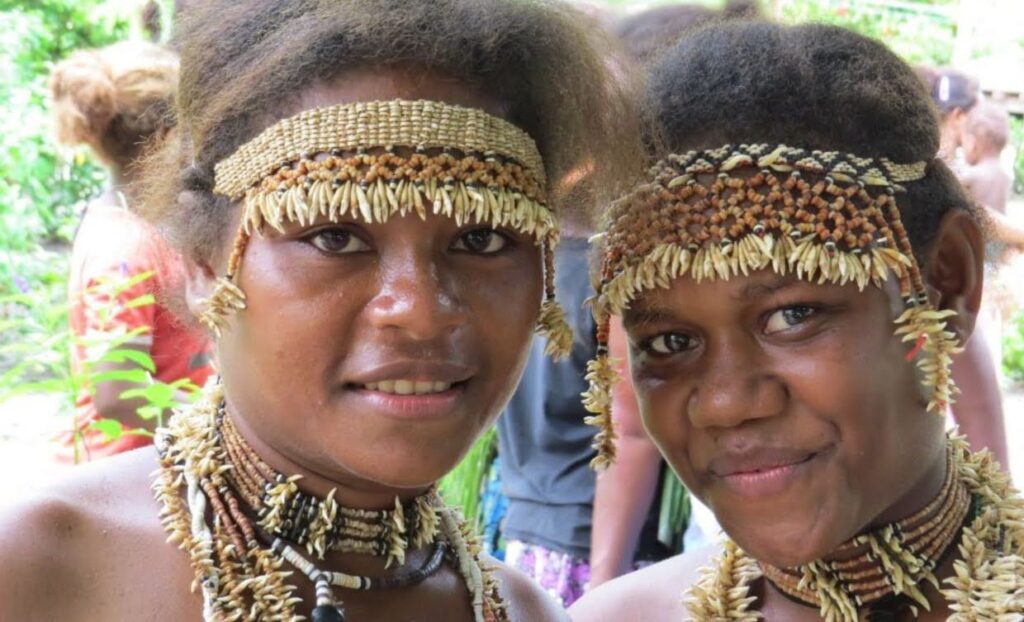
According to the new world encyclopedia website, Melanesia is a region extending from the western side of the eastern Pacific to the Arafura Sea, north and northeast of Australia. It consists of 2,000 islands with a total land area of about 386,000 square miles (one million square kilometers), and is home to about 12 million people. These islands have been inhabited for tens of thousands of years.
The term “Melanesia” was first used by French explorer Jules Dumont d’Urville in 1832 to denote an ethnic and geographical grouping of islands distinct from Polynesia and Micronesia.
Although the prehistory of most of the Melanesian islands has not been fully documented, evidence suggests that the cultural, linguistic, and political fragmentation that prevailed at the time of European arrival, with a half-dozen languages and cultures often represented on a single island, was partly a product of transformation that had occurred during the previous 2,000 years.
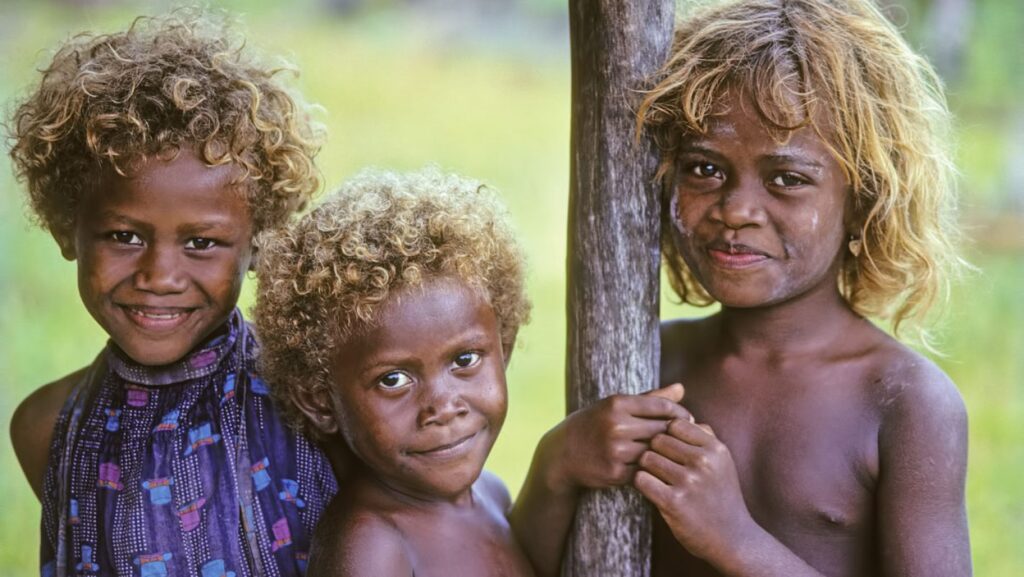
Other accounts suggest the original inhabitants of the group of islands now named Melanesia were likely the ancestors of the present-day Papuan people. The region comprises the countries of Vanuatu, Solomon Islands, Fiji and Papua New Guinea. The indigenous Melanesian populations are thus often classified into two main groups based on differences in language, like Papuan-speaking and Austronesian-speaking groups, culture or genetic ancestry.
Melanesia as it stands today is one of the world’s biodiversity hotspots, with distinct and unique species found from the world’s largest and highest tropical islands, through one of the most biologically rich oceanic archipelagos on Earth, to isolated oceanic islands with impressive proportions of unique species. Among its many biological assets, Melanesia hosts one of largest remaining rainforest areas in the world in Papua New Guinea, where an estimated 9% of global terrestrial biodiversity occurs in less than 1% of global land area.
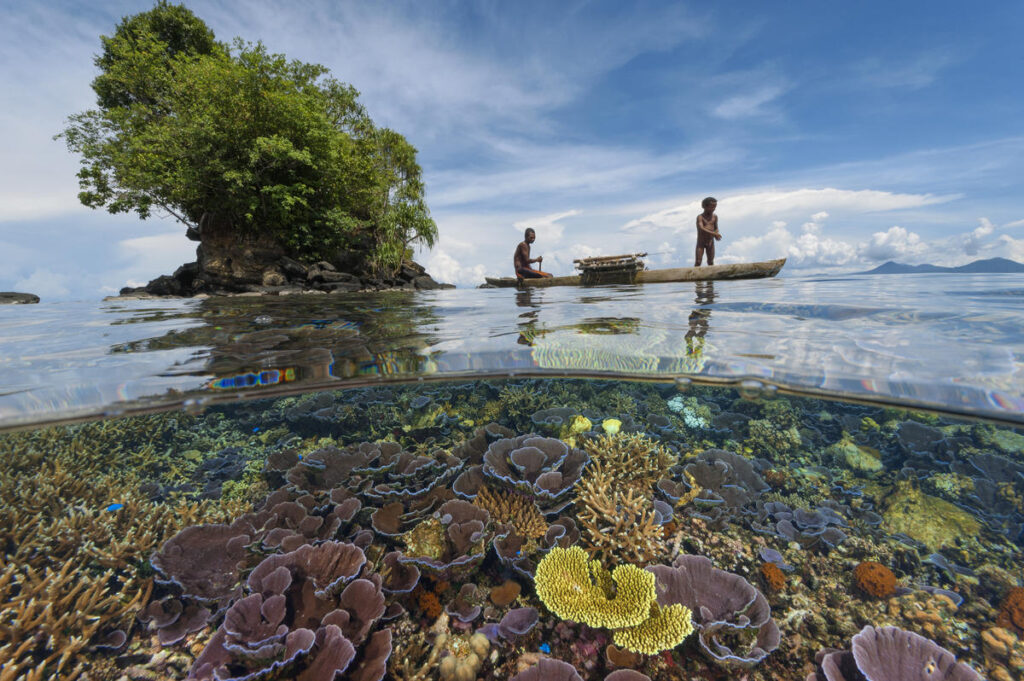
coral reef. Photo- science.org
The Melanesian culture dictates a very strong duty to care for the environment from the top of the mountains to the seas, and recognize and respect that the persistence of cultural practices depends on healthy resources built on the foundations of rich Melanesian biodiversity. According to Britannica.com, in many areas of Melanesia, local groups live in scattered homesteads and hamlets rather than villages. Often these settlements are occupied for short periods until the groups move on to follow cultivation cycles.
The physical characteristics of the Melanesian people include dark complexion, brown to blond hair, and long, narrow noses. The discovery that the Melanesian people occupying the mainland of West Papua and its surrounding small islands speak differently from each other literally is mind-blowing. Which makes one wonder how come the small scattered islands that make up Melanesia have hundreds of traditional languages. Although the Melanesian languages are on the whole in the same root, named Papuan, the words and accents are pretty dissimilar and a key reason why each village carries its own language is due to the geographical isolation and social disconnection as well.
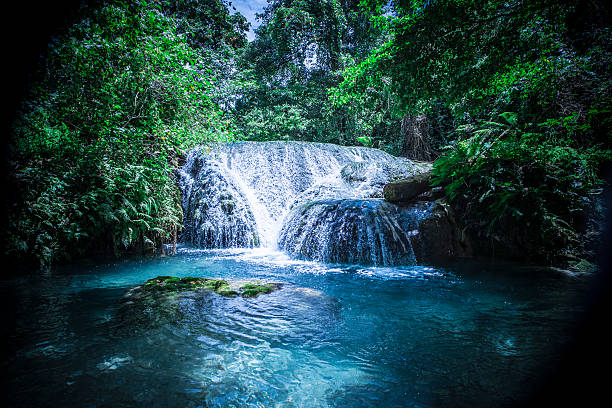
The Melanesians living in Eastern Indonesia mostly practice Christianity, in contrast to the Malay and Javanese people in the Western part of the archipelago, who mostly practice Islam. Until recently, the indigenous Melanesian people practised cannibalism, head-hunting, kidnapping and slavery like the Asmat tribe, but with contact with Europeans, the population is now predominantly Christian. However, a minority still practice the ancient rural lifestyle.
The Melanesian people are very religious and cling tightly to their conventional customs inherited by their ancestors. Melanesian religious cultures have always been associated with animism practice. Although a good number of them are been increasingly converted to Christianity, the traditional religions of which ritual is worshiping the animist spirits can still be seen in the entire West Papua and the highland regions. Pigs, Bulls and Goats are the most common animals often presented for these offerings.
The pressures of Christianisation and Westernisation have ingratiated the indigenous people of Melanesia to become part of the world economic system. Majority of Melanesia’s wealth is driven by extraction of the region’s abundant natural resources. The combination of resource commercialization and loss of indigenous traditional practice have weakened their revered customary management systems, resulting in unsustainable farming, hunting, and fishing practices.
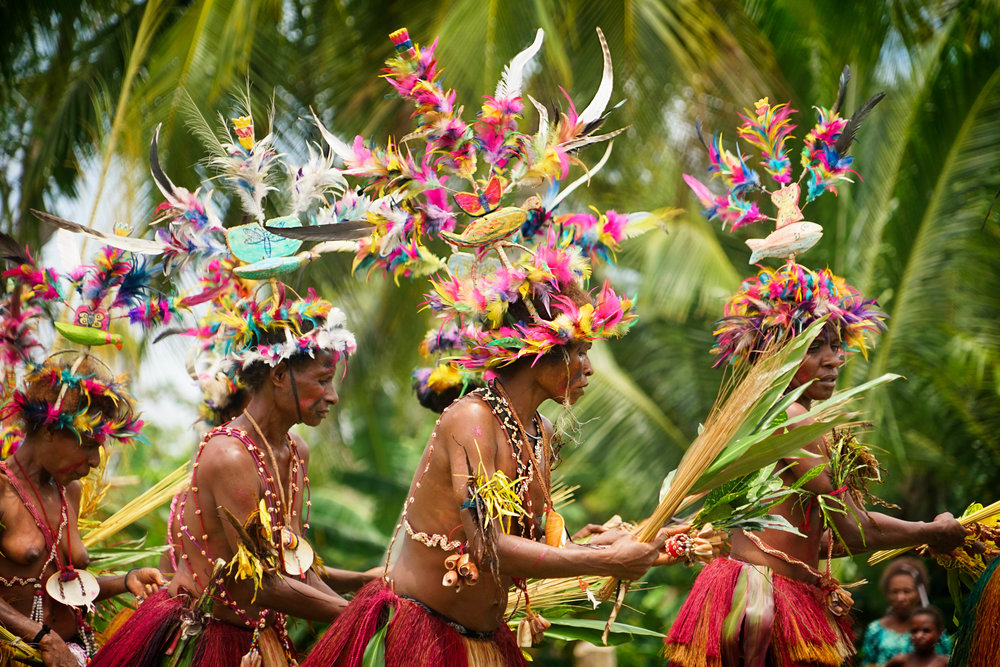
By the early 21st century, even the most remote regions had become accessible and transformed. Also, different Christian denominations, and even individual missionaries, have in varying degrees been sympathetic to and knowledgeable about the local languages and cultures. Together, extensive missionary works and the imposition of colonial rule on the entire Melanesian region eliminated a variety of cultural norms and traditions, some of which were quite intricate and rich and others of which were violent, crude and exploitative.
In some Melanesian cultural traditions, carvings and other art forms had strong religious significance. Masks, which were a focus of creativity in several regions, were often used in elaborate ceremonies, with masked figures impersonating mythical beings or dramatizing cult secrets. Many peoples, however, decorated virtually every object not immediately discarded, however utilitarian.
A common misconception people the world over have about Melanesians is that they are blacks who all spot blond hairs. Now while that is true for a vast majority of the Melanesian population, a good number of them are no different from blacks who are of African descent with short, black hairs and skin tone to boot.
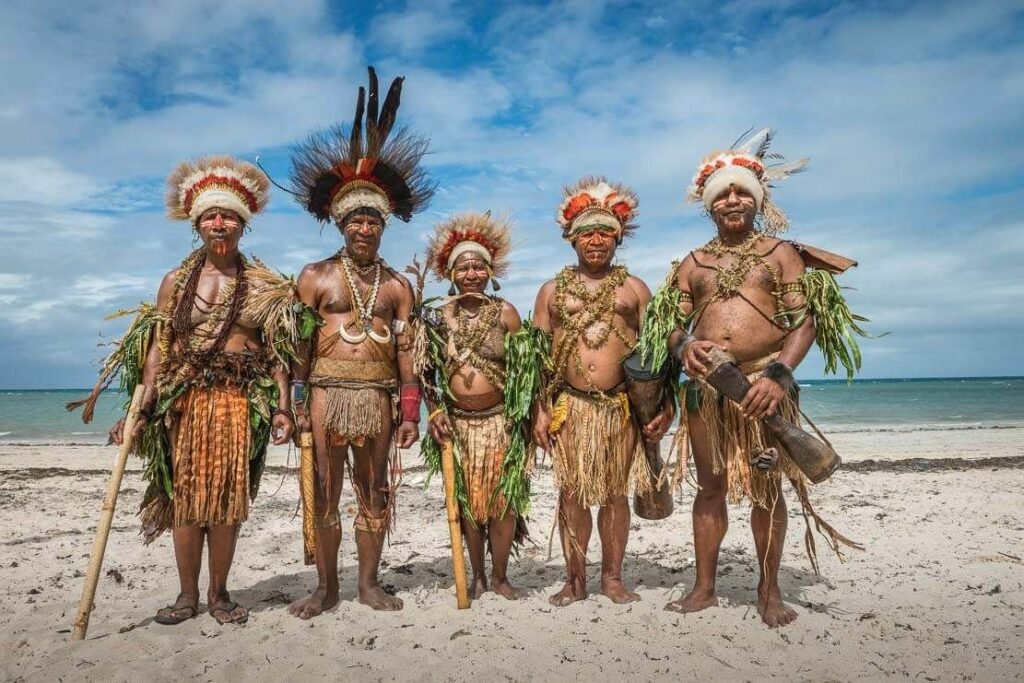
pacifictravel.com
Hypotheses about the origins of this blond hair have included bleaching by sun and saltwater, a diet rich in fish, and the genetic legacy of Europeans or Americans. But a new study according to science.org fingers a random mutation instead, suggesting that blond hair evolved independently at least twice in human history. And other novel genes, including ones with serious health consequences, may await discovery in understudied populations.
Melanesia today is a vibrant and extremely dynamic region, rich with people and resources not seen in other parts of the world. However, political struggles, poverty and other social issues found in other parts of the world continue to impact its day to day life. Today, the population of Melanesia is approximately 10,000,000 people who live, work and participate in the global economy while still maintaining deep cultural traditions that distinguish them from their Pacific Island counterparts.
There have been widespread calls for Australia to open its doors to Melanesia, similar to the sort of relationship the United States of America shares with Mexico and the Caribbean and Central American region.
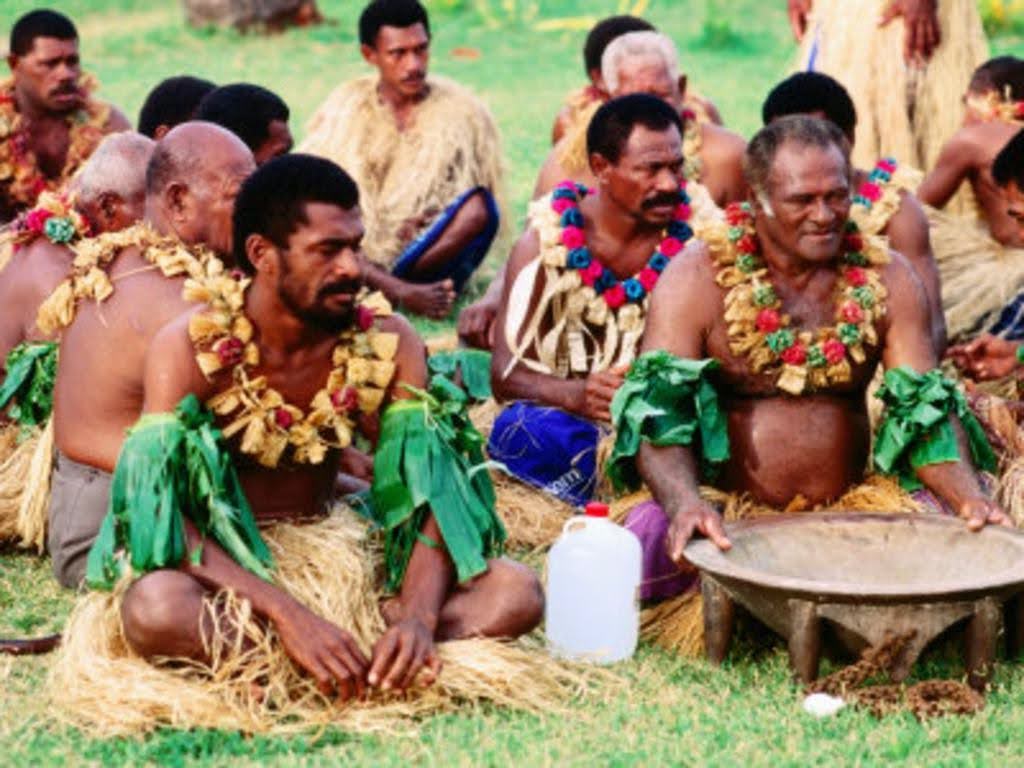
pacifictravel.com
Graeme Dobell, a journalist fellow at the Australian Strategic Policy Institute asserts that “We’ve got many links to Melanesia, but opening our doors to Melanesians is a neighborhood task that’s just getting started. What presents as a foreign-policy challenge is really about letting Melanesians into the life of Australia. He states further that “opening our doors means offering the Melanesian arc some part of what we already give—by default—to much of Polynesia”. That’s primarily because New Zealand is in charge of picking most of the islanders who can live permanently in the Oz. Polynesians enter and settle in Australia, coming in via New Zealand.
Irrespective of whether Australia opens its doors to them, the Melanesian people are definitely content with their lives and continue to pique the interest of observers all over the world due to their unique nature—one they are determined not to lose no matter what.
